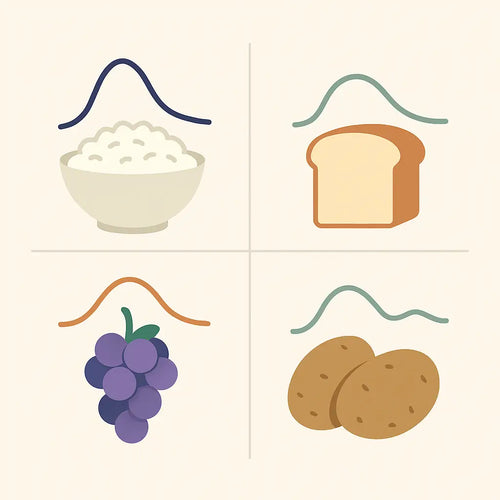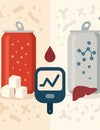
This research was carried out in Denmark and data from 5856 individuals (median age 62 years) were included (Skovgard D, et.al., 2021). These induviduals were followed for 3 years.
Individuals with elevated HbA1c (glycated hemoglobin) even in the prediabetic range (HbA1c>5.7%) had 3 times higher risk of tendon injury in the lower extremities, as compared to individuals with normal HbA1C levels. HbA1C is a marker for long term blood glucose control.
A cholesterol level of more than 193.35 mg/dl increased the risk of tendon injury in the upper extremities by 1.5 times, and individuals with metabolic syndrome had 2.5 times higher risk of tendon injury in both the upper and lower extremities.
People with metabolic syndrome has elevated blood glucose because they are insulin resistant, and they also have elevated cholesterol levels. They have increased abdominal fat and usually increased blood pressure.
These biochemical changes are due to decreased blood glucose control which leads to elevated blood glucose, cholesterol and increased abdominal fat.
The solution to this is a high nutrient, low glycemic index diet and exercise.
Taking Berberine and S-Acetyl Glutathione can also be very helpful.
Berberine has shown to decrease blood glucose levels and decrease cholesterol ( Yin J, et.al., 2008). S-Acetyl Glutathione is a very effective antioxidant which helps protect tissue from free radical damage.
Reference:
Dorthe Skovgaard, Volkert D Siersma, Soren Bering Klausen, Håvard Visnes, Inger Haukenes, Christine W Bang, Peter Bager, Karin Grävare Silbernagel, Jamie Gaida, Stig Peter Magnusson, Michael Kjaer, Christian Couppé, Chronic hyperglycemia, hypercholesterolemia, and metabolic syndrome are associated with risk of tendon injury, Scand J Med Sci Sports.2021 Sep;31(9):1822-1831.
 Effective S-Acetyl Glutathione
Effective S-Acetyl GlutathioneGlutathione is your primary defense against aging.
As we get older, our cells begin to lose their ability to repair themselves. We make less glutathione, and we actually need more. In certain conditions, younger people may need more glutathione as well.









